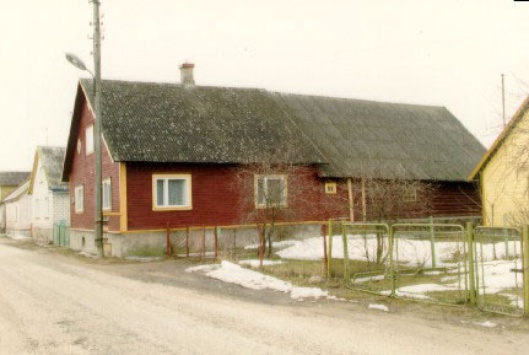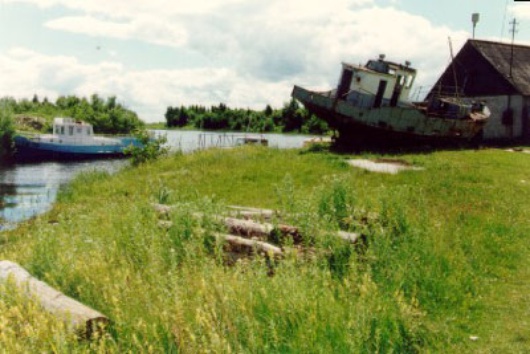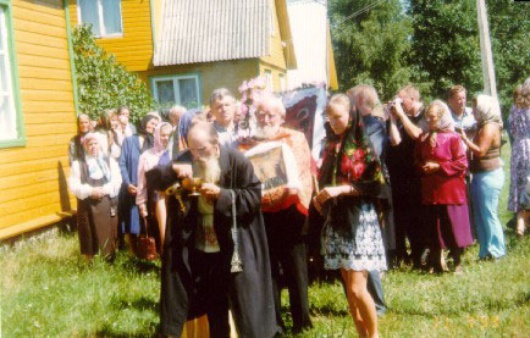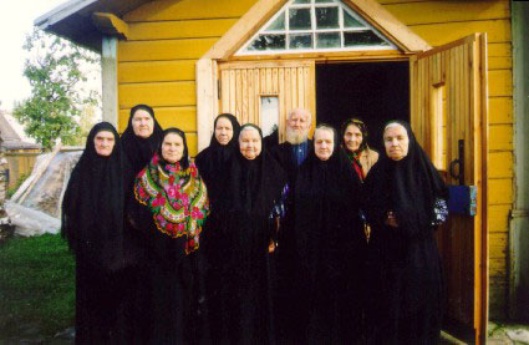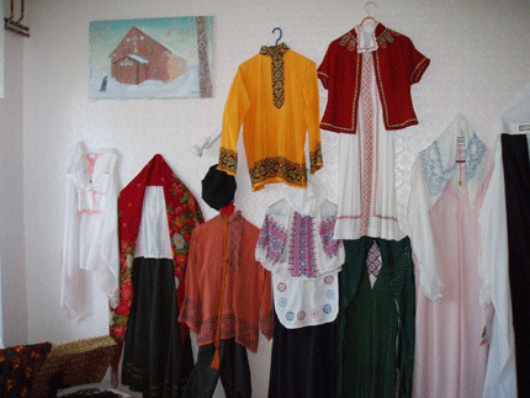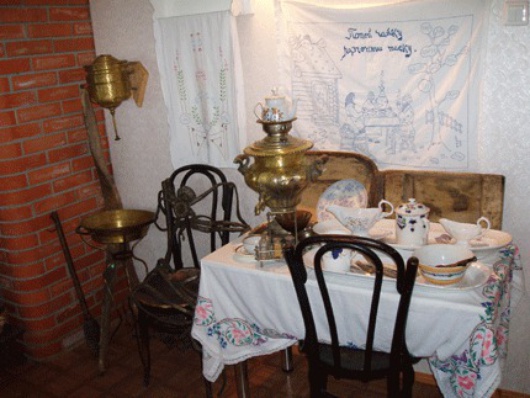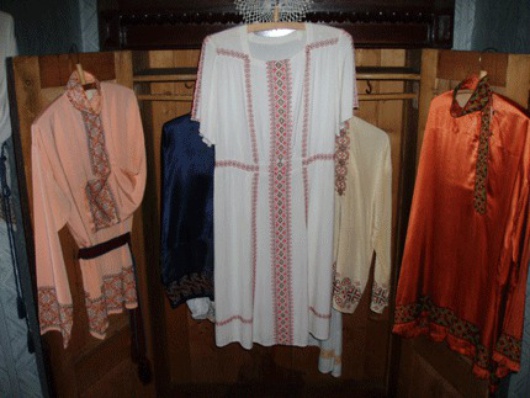Classification of the Russianspeakings of Estonia
Published on
The post-Soviet Government of Estonia describes the Estonian Russianspeakings as recently arrived emigrantes like the Mussulmans in Germany or the Mexicans in the USA, hiding contemporarily the real situation.
The Russianspeakings of Estonia can be devided into following groups:
1.
Native ethnic Estonians, mostly coming from mixed families, who chose the Russian as a basic language and lost the capacity to speak Estonian well, mostly in the Soviet time;
2. Native ethnic Russianspeaking Estonians who have been living in Estonia during centuries and even thousends years, and ethnic Russians who was emigrated in Estonia centuries ago; Starovery – the Russian Old Believers - an Estonian offically ricognized national minority – are in this group;
3. Russians who transferred into Estonia in the time of the Russian Empire when Estonia was a part of the Empire (tsar Pjotr I bought Estonia from Svezia), and their descendants;
4. Ehtnic Russians and other nationalities of the former Soviet Union who emigrated into Estonia in the Soviet time, on request and uder the order of the Estonian and the USSR Government, and their descendants. This category is a victim of the Soviet/Communism regim – of the Estonian, local national and centralized USSR Governments;
5. Ehtnic Russians and other nationalities of the former Soviet Union who emigrated into Estonia by their own will, and their descendants. In the post-Soviet time this category fled from Estonia. This category is a little bit victim of the socialism/communism: if Estonia were not entered into the USSR, they had never arrived in Estonia;
6. Russians and Russianspeakings who is emigrated in Estonia in the post-soviet time. This category can be compared with today’s European emigrants.
Only the last category can be described as "muulased" (a complex word translated from Estonian means "the others", it can have some nuances of the meaning: simply the others - people born/came in/from another part – people of another land - citizens of other countries) – a term used by the Estonian Government to describe all the Russianspeakings of Estonia.
Even if the Old Believers are oficially ricognized as a national minority and the Government finances its development, Russian is non ricognized as the second State’s language. So, the rights and the freedoms of the Old Believers are violated.
The people came in Estonia in the Soviet time are just naturalized in according with the Soviet-time rules, now the today’s Government ask these people to naturalize for the second time and with new rules. People take it as denigration of their dignity.
The Russianspeaking Estonian people is the second state-forming people in Estonia, but the Estonian Government hides this fact from the public opinion of the European Union, lying that the Russianspeakings are only recently arrived. The refusal to recognize the existance of this second state-forming people attests the policy of discrimination, marginalization, segregation and apartheid of the Russianspeakings of Estonia (more details in the future).
The most of the Rapports of violation of the human rights in Estonia don’t pay the neccesary attention to the classification of the Russianspeakings and to fact the Russianspeakings are the second state-forming and historical people in Estonia.
The Old Believers’ official site: www.starover.ee (in English, Estonian and Russian).
A LITTLE BIT ABOUT OLD BELIEVERS (from the official site): "Before speaking of the history of the Old Belief in Estonia, one should turn to the history of the Russian Church. Having adopted the Christian Orthodox faith from the Byzantine Greeks during the rule of the Grand Prince Vladimir in 988, the Russians held it sacred until the mid-16th century: they considered it their inviolable national sacred possession. The Russians adopted the Greek forms of divine service, rites, customs and churchdom. After Patriarch Nikon had come to power in 1653, reformation of the Russian Orthodox Church began (mainly for political reasons and because of patriarch's personal ambitions). The reforms included textual correction of the liturgical books, change of rites, abolition of down-to-earth bows, the manner of crossing oneself with three instead of two fingers, etc. The government supported persecution of the disobedients by laws and military power. The clergy that resisted reforms was exterminated. Old Believers were cruelly persecuted, exiled, tortured and executed all over Russia. Their churches, icons and homes were burnt down. They took refuge abroad, in the Baltic and even in America. After the schism, the Old Believers split up into several branches (concords). "Pomortsy" (Pomorians) and "Fedoseevtsy" (Fedoseyans) found shelter in Estonia. Enemies of Old Believers called them "raskolniki", whereas Old Believers called themselves "starovery". After the Tsar's edict of toleration (April 17, 1905), the status of Old Believers and the name "Old Believers" (for the first time in the Catherine the Great's edict of August 13, 1785) were legitimized" (RUSSIAN OLD BELIEVERS IN ESTONIA Ponomariova.G., Translator: Grishakova.M.). For detail information see at the site.
Here below there are some photos from the site www.starover.ee .
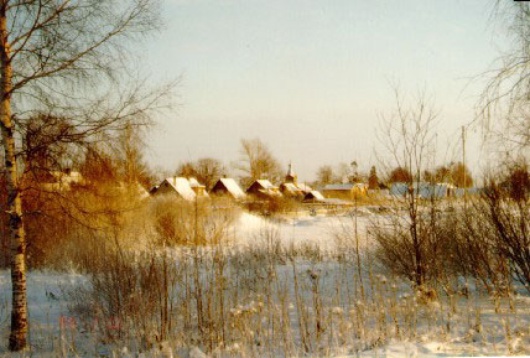 Prichiudje - some image of the places nearby Peipsi / Chiudskoje lake where the Old Believers mostly live:
Prichiudje - some image of the places nearby Peipsi / Chiudskoje lake where the Old Believers mostly live:
